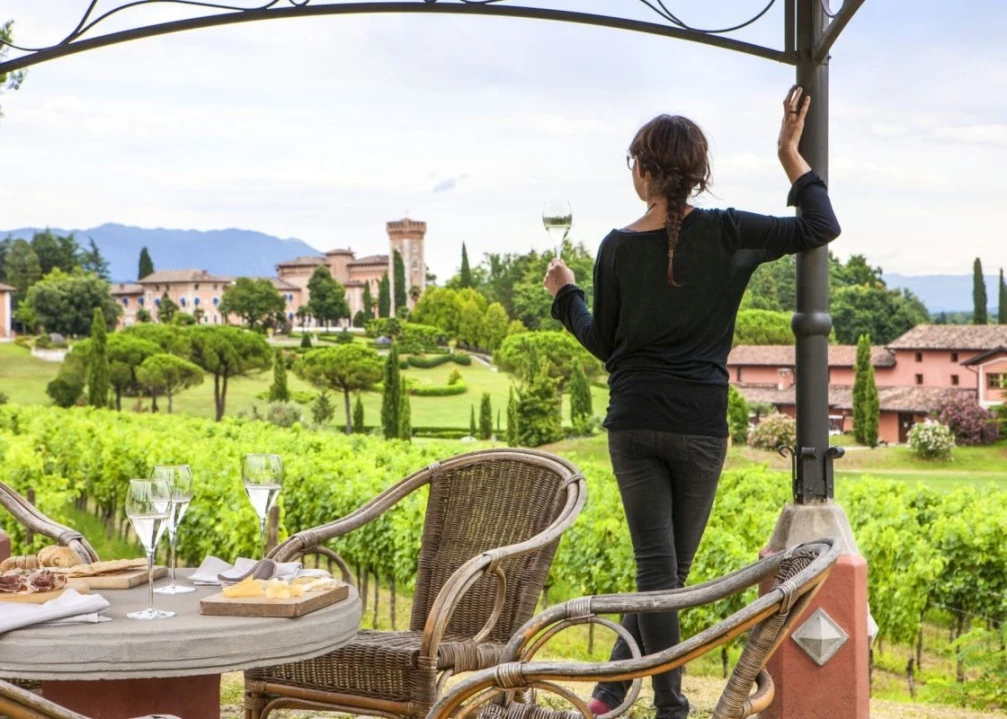Agritourism in recent years has become one of the pillars of Italian agriculture: in 2021 it was worth more than 12.5 billion euros, with a growth of 50 percent in the last ten years, and accounts for more than one-fifth of the total value of production in the primary sector.
It is the most widespread related activity practiced by 38 percent of the more than 65 thousand multifunctional farms, ranging from hospitality precisely, to the production of renewable energy, the first processing of agricultural products or the processing of animal products, not forgetting educational farms and social agriculture.
Young people stand out in the sector: agritourisms led by under 40 are 18.7 percent compared to 9.3 percent of farms in general, and they are more digitized (61.7 percent vs. 15.8 percent); among them, the most computerized are those with educational farms (76.6 percent), social agriculture services (71.5 percent) and agritourism (69.3 percent).
The sector, despite being hard hit during the emergency due to Covid-19, was able to confirm its dynamism. The number of farms rose 1.3 percent in 2021 compared to 2020 and 3.3 percent compared to 2019, reaching 25,390 farms. An offer that in 2021 also began to grow again by production value, returning above the billion mark (1,162 million euros), an increase over 2020 of 44.8% at current values. All this with 294 thousand beds, 6 percent of all types of accommodations, more than 14 thousand pitches for campers and 532 thousand places at the table, along with the wide range of activities (educational, sports, cultural, recreational) and services (also aimed at people, such as social agriculture).
Agritourism is also "good for the territory": for every 100 euros spent by guests, another 40 euros are invested in fruition experiences offered by the place, from food and wine to artistic and cultural attractions, sports and adventure.
As for the reasons that led guests to choose the area to visit, first and foremost is the search for relaxation and well-being, followed by the presence of art cities and cultural attractions, especially for foreign tourists, and local food and wine.



